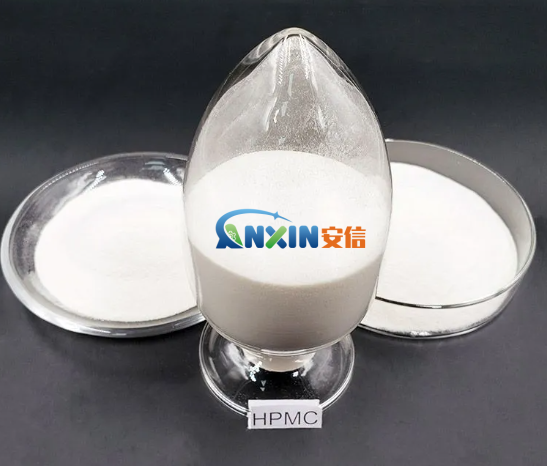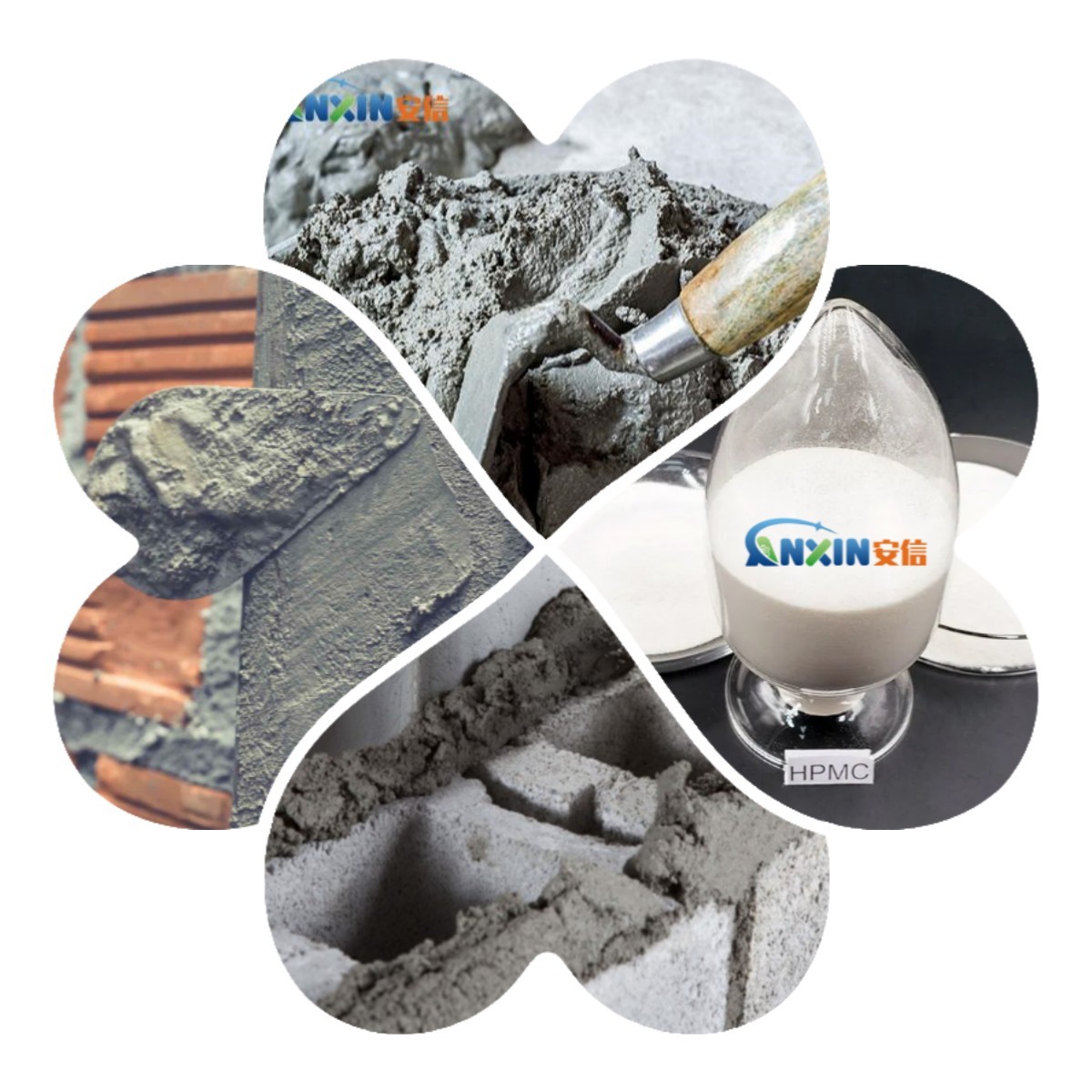The working principle of hydroxypropyl methylcellulose in mortar
Hydroxypropyl methylcellulose (HPMC) is a water-soluble polymer compound widely used in the construction industry, especially in cement-based mortar, gypsum-based mortar and tile adhesive. As a mortar additive, HPMC can improve the construction performance, improve the workability, adhesion, water retention and crack resistance of the mortar, thereby enhancing the overall quality of the mortar.
1. Basic properties of HPMC
HPMC is mainly obtained by etherification modification of cellulose, and has good water solubility, thickening, film-forming, lubricity and stability. Its important physical properties include:
Water solubility: It can be dissolved in cold or hot water to form a transparent or translucent viscous solution.
Thickening effect: It can significantly increase the viscosity of the solution and show good thickening effect at low concentrations.
Water retention: HPMC can absorb water and swell, and play a role in water retention in the mortar to prevent water from being lost too quickly.
Rheological properties: It has good thixotropy, which helps to improve the construction performance of the mortar.
2. The main role of HPMC in mortar
The role of HPMC in mortar is mainly manifested in the following aspects:
2.1 Improving the water retention of mortar
During the construction process of cement mortar, if the water evaporates too quickly or is excessively absorbed by the base, it will lead to insufficient cement hydration reaction and affect the strength development. HPMC forms a uniform mesh structure in the mortar through its hydrophilicity and water absorption and expansion ability, locks in moisture, reduces water loss, thereby extending the open time of the mortar and improving construction adaptability.
2.2 Thickening effect, improving the workability of mortar
HPMC has a good thickening effect, which can increase the viscosity of the mortar, make the mortar have better plasticity, and prevent the mortar from stratification, segregation and water bleeding. At the same time, appropriate thickening can improve the construction of the mortar, making it easier to apply and level during the construction process, and improve construction efficiency.
2.3 Enhance bonding and improve the adhesion of mortar
In applications such as tile adhesive, masonry mortar and plaster mortar, the bonding force of the mortar is crucial. HPMC forms a uniform polymer film between the base and the coating through film-forming action, which improves the bonding strength of the mortar to the substrate, thereby reducing the risk of mortar cracking and falling off.
2.4 Improve construction performance and reduce sag
For vertical surface construction (such as wall plastering or tile adhesive construction), the mortar is prone to sag or slip due to its own weight. HPMC increases the yield stress and anti-sag of the mortar, so that the mortar can better adhere to the surface of the base during vertical construction, thereby improving construction stability.
2.5 Enhance crack resistance and improve durability
Mortar is prone to cracks due to shrinkage during the hardening process, affecting the quality of the project. HPMC can adjust the internal stress of the mortar and reduce the shrinkage rate. At the same time, by improving the flexibility of the mortar, it has better crack resistance under temperature changes or external stress, thereby improving durability.
2.6 Affect the setting time of mortar
HPMC affects the setting time of mortar by adjusting the speed of cement hydration reaction. An appropriate amount of HPMC can extend the construction time of the mortar and ensure sufficient adjustment time during the construction process, but excessive use may extend the setting time and affect the progress of the project, so the dosage should be reasonably controlled.
3. The effect of HPMC dosage on mortar performance
The dosage of HPMC in mortar is generally low, usually between 0.1% and 0.5%. The specific dosage depends on the type of mortar and construction requirements :
:
Low dosage (≤0.1%): It can improve water retention and slightly enhance the workability of mortar, but the thickening effect is weak.
Medium dosage (0.1%~0.3%): It significantly improves the water retention, adhesion and anti-sagging ability of mortar and enhances construction performance.
High dosage (≥0.3%): It will significantly increase the viscosity of mortar, but may affect fluidity, extend the setting time, and be unfavorable for construction.
As an important additive for mortar, HPMC plays a key role in improving water retention, improving construction performance, enhancing adhesion and crack resistance. Reasonable addition of HPMC can significantly improve the overall performance of mortar and improve the quality of the project. At the same time, the dosage needs to be controlled to avoid adverse effects on setting time and construction fluidity. In the future, with the continuous development of the construction industry, the application prospects of HPMC in new green building materials will be broader.
Post time: Mar-18-2025
